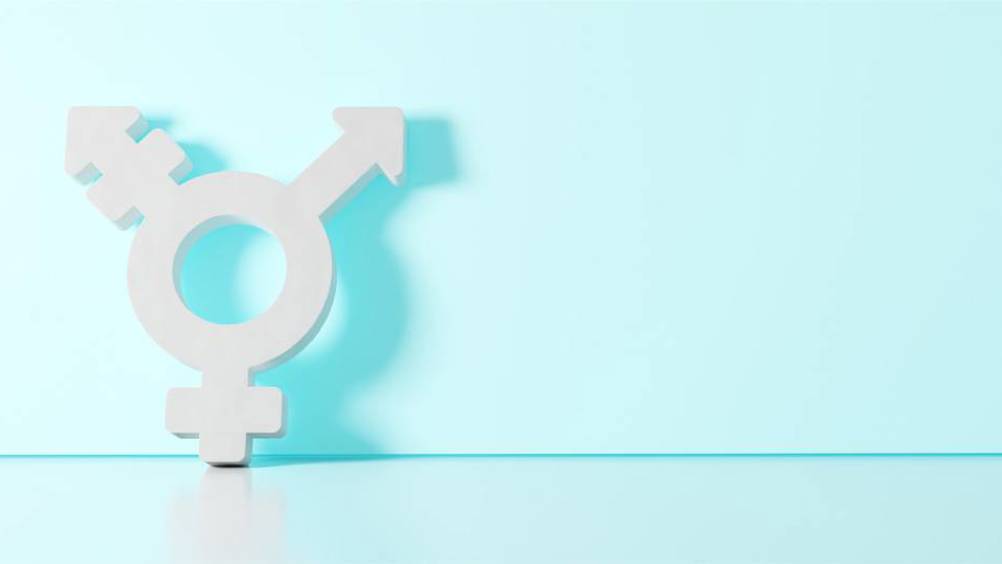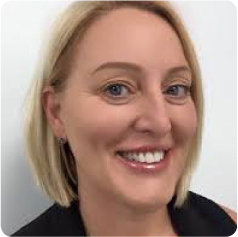References
Transgender patients and their access to aesthetic treatments

Abstract
As the aesthetics industry evolves, so do the needs of those accessing them. Lisa Niemer delves into the world of transgender patients, with the help of Jack Cannon, who gives a great insight into his journey, and Jessie Doble, who is on university placement at Lisa's clinic, to shed some light into the needs and struggles of the community

This article is a mere snapshot of the authors' views, opinions and experiences in working with the transgender community. There is much room here for debate and research, as in many areas of aesthetic practice. However, this is a scope of practice that is emerging in clinics and has a significant impact on not only practices, but also learning curves.
As an aesthetic nurse and clinic owner, I have reached out to the transgender community to help me gain an understanding of their needs regarding aesthetics, as this was an area in which I had limited experience. My previous knowledge was from many years ago while working in the NHS. I was given the opportunity to support a young person in their pre-transition days. What struck me at that time were the limitations to access information and services. We struggled with the simplest of tasks, like make-up and hair removal. We also struggled with getting people along their journey to understand and take on some of these issues—it was a very frustrating experience.
Register now to continue reading
Thank you for visiting Journal of Aesthetic Nurses and reading some of our peer-reviewed resources for aesthetic nurses. To read more, please register today. You’ll enjoy the following great benefits:
What's included
-
Limited access to clinical or professional articles
-
New content and clinical newsletter updates each month


